Many different jobs require workers to be lifted high into the air. A wide range of aerial lifts – also known as machine lifts, man lifts, and more – are used to perform work in a variety of industries, from construction to painting to tree trimming to farming to power line repair to loading and unloading warehouses.
Unfortunately, aerial lifts are a common source of accidents in the workplace. In 2020, OSHA recorded 28 accidents involving aerial lifts. All but two of these accidents resulted in the death of one or more workers.
Multiple factors make aerial lifts dangerous. If you were injured or lost a loved one in a construction accident or other workplace accident involving an aerial lift, it is important to speak to a lawyer as soon as possible.
At Patrick Daniel Law, we have the experience, resources, and tenacity to represent workers and their families effectively. Contact an aerial lift construction accident attorney by calling (713) 999-6666 today for a FREE consultation. Patrick Daniel Law serves clients in Houston, all of Texas, and nationwide.
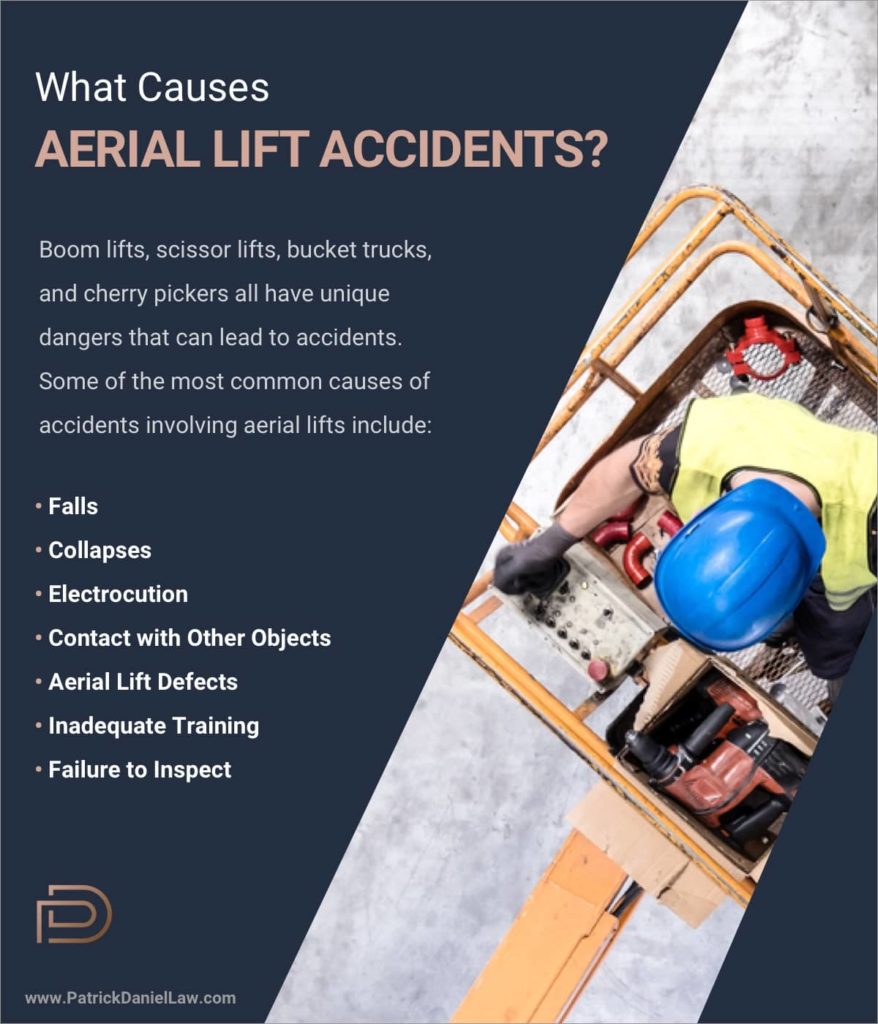
The term “aerial lift” can refer to many different devices and machines used in the workplace. Our aerial lift accident lawyer can advise you of your rights and legal options for pursuing compensation if you sustained injury or your loved one was killed on the job by a machine lift.
A boom lift consists of the following components:
One of the biggest dangers associated with telescopic and articulating boom lifts is overloading the bucket. When the arm is extended, excess weight can throw the lift off balance. Workers on the platform as well as those on the ground may suffer catastrophic injuries or worse if the boom lift overturns.
Scissor lifts consist of a wheeled base, a hydraulic lift, and a platform that typically holds multiple workers. These lifts are commonly used to perform work at different elevations in the same area of a job site.
Falls from scissor lifts are common on construction sites and in other workplaces. These accidents often occur due to inadequate fall protection, typically a lack of guardrails or railings that are loose or damaged.
A cherry picker is an aerial lift mounted to the back of a heavy-duty truck. The hydraulic arm moves the bucket into position for workers to repair utility lines, clean and maintain buildings, hang signs, and more.
Workers are highly vulnerable to the weather when they are atop a cherry picker. High winds, rain, and other conditions can be extremely dangerous. Other hazards workers face on bucket trucks include excess weight, defective parts, and more.
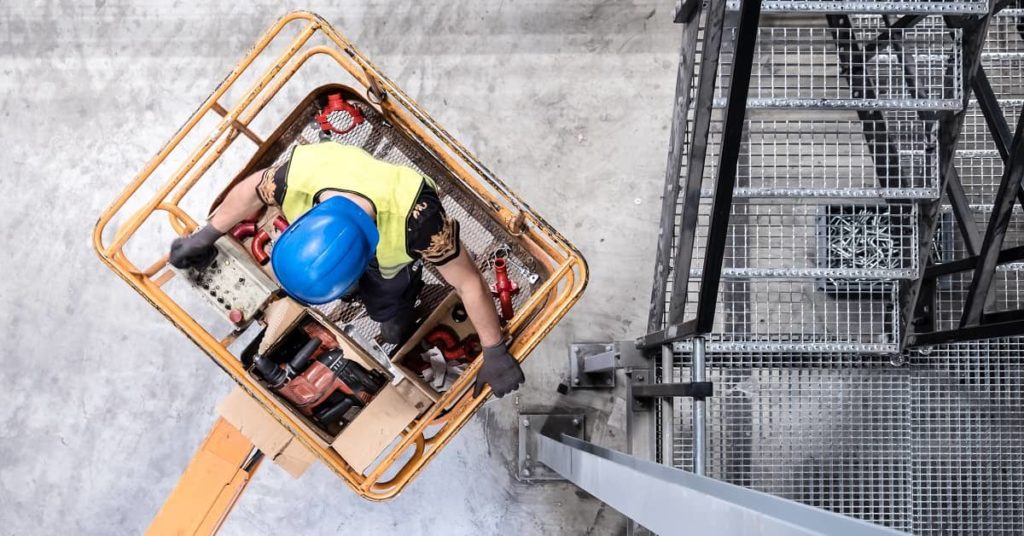
Different types of aerial lifts present different dangers to workers. However, certain hazards are present no matter what type of lift you use on the job.
The most common causes of aerial lift accidents include:
Workers using aerial lifts are not the only ones who may be in danger. Tip-over accidents, collapses, and objects falling from a lift can all seriously injure or kill workers immediately below and in the vicinity of the equipment.
It is crucial to investigate the cause of an aerial lift accident promptly to determine what happened and who is responsible. At Patrick Daniel Law, we are Strategic, Meticulous, and Merciless. We know what it takes to build these claims and pursue the compensation you deserve.
Contact an aerial lift construction accident lawyer at Patrick Daniel Law for FREE today.
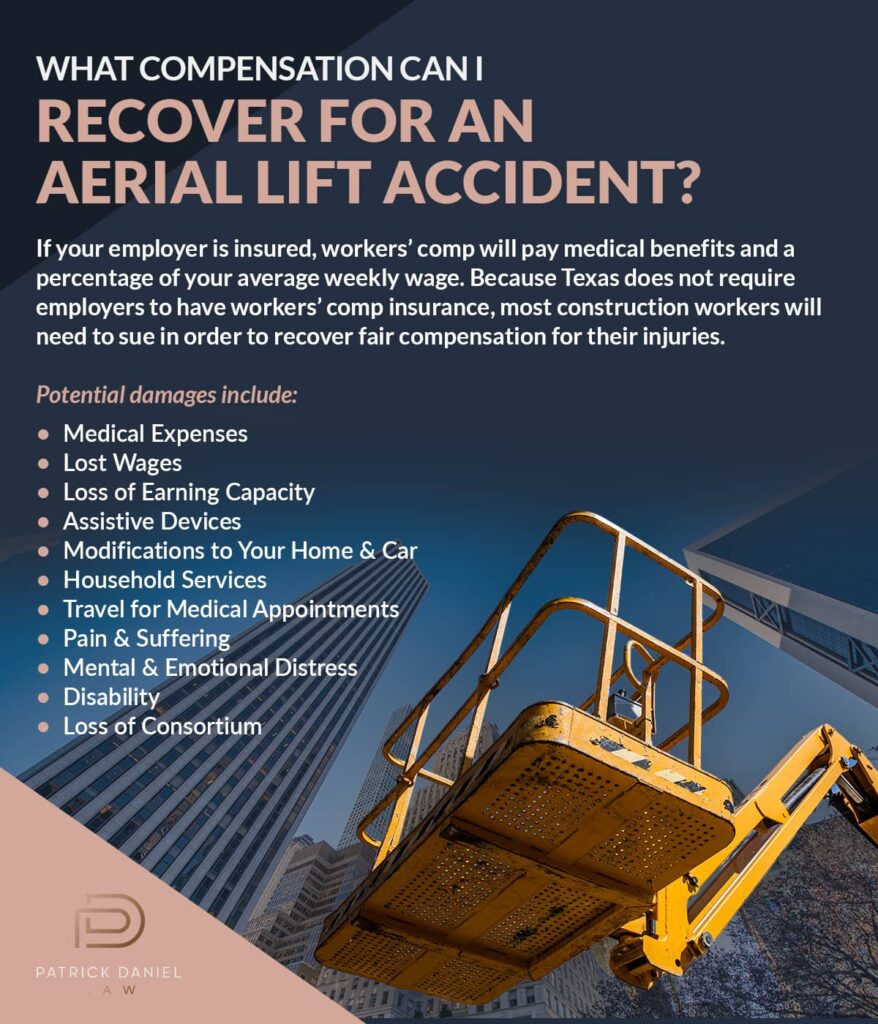
The majority of aerial lift accidents occur in the workplace. Although you may believe that workers’ compensation will cover your injuries (and you could be right, if your employer has opted to carry insurance), benefits can be difficult to recover.
Unlike most states, Texas does not require employers to carry workers’ comp insurance. If this is the case, the only way to recover compensation is to prove that one or more parties are at fault for the aerial lift accident that caused your injuries or led to the wrongful death of your loved one.
Multiple parties may be liable for an aerial lift accident, including:
Many different companies manufacture and sell aerial lift equipment. One of the most recognizable names on the market is Genie, the maker of a number of popular telescopic and articulating boom lifts, scissor lifts, vertical mast lifts, and other equipment.
A number of safety issues are associated with various Genie lifts. In 2021, Genie issued multiple safety notices due to problems with the bolts connecting the turntable to the base of select boom lift units.
In addition to the risks posed by Genie lift defects, owner noncompliance is a frequent contributor to aerial lift accidents. When an owner is notified of a safety issue and fails to take steps to correct it, this constitutes negligence.
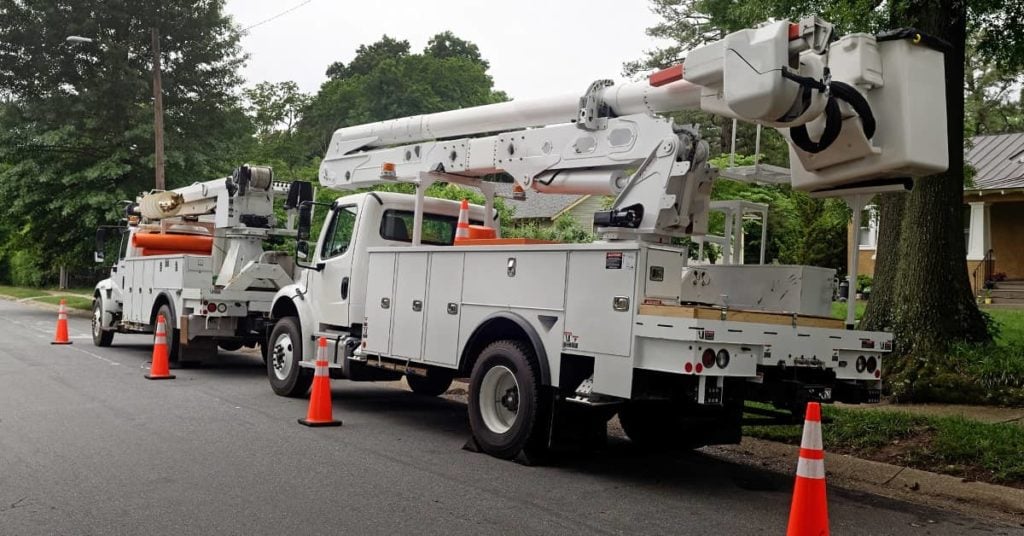
Multiple factors can impact the compensation that may be available in your aerial lift accident claim. One of the most significant issues is whether or not your employer has workers’ compensation insurance.
If your employer is insured, workers’ comp will pay medical benefits and a percentage of your average weekly wage if you are unable to work. Workers’ compensation also pays death benefits (a percentage of the deceased worker’s average weekly wage) and burial expenses if a worker is killed on the job.
Because Texas does not require employers to have workers’ compensation insurance, the sad reality is most construction workers will need to sue in order to recover fair compensation for their injuries. Although proving fault for an aerial lift accident can be challenging, the advantage of a personal injury or product liability claim is that you can pursue recovery of all of the damages in your case.
Potential damages in an aerial lift accident claim include:
If your loved one died in an aerial lift accident, you and your family can pursue compensation for all of your losses in a wrongful death claim. You may be entitled to recovery of medical expenses prior to your relative’s death, costs associated with a funeral and burial or cremation, loss of your loved one’s income, pain and suffering, loss of society and companionship, and more.
Fair compensation in any workplace accident claim can be difficult to calculate. You may not have to settle for workers’ comp benefits alone. Aerial lift accident lawyer Patrick Daniel will fully investigate to determine who is at fault and aggressively pursue recovery of all of the damages you and your family have sustained.
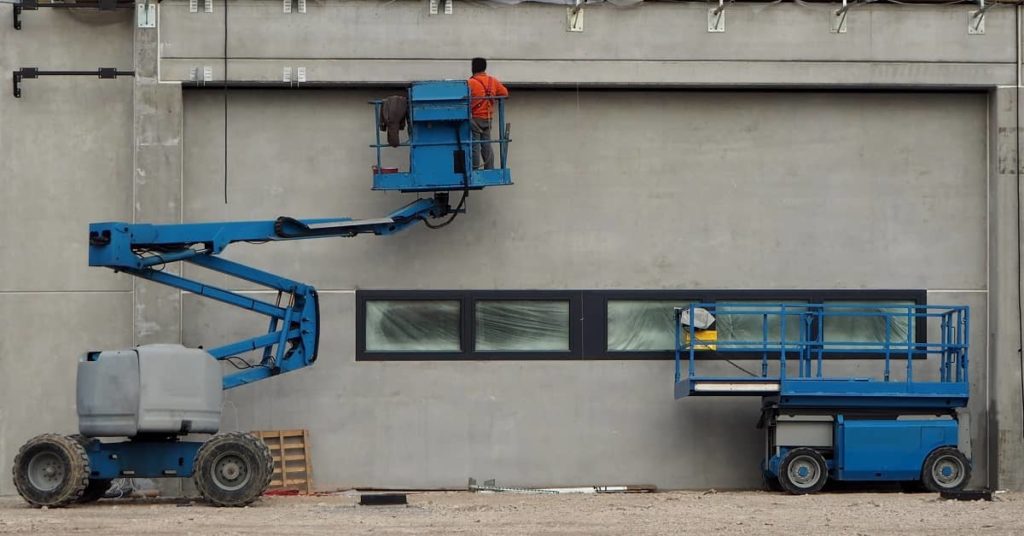
The importance of prompt investigation after an aerial lift accident cannot be overstated. Employers, contractors, and other parties may simply try to write off the accident as “nobody’s fault” and get back to business. However, this is far easier said than done for the workers who are seriously injured in aerial lift accidents, as well as the families left to grieve the loss of a loved one.
Until you hire a lawyer, you do not have anyone looking out for your best interest. It is important to act quickly to protect your legal rights and preserve your claim.
Attorney Patrick Daniel partners with a leading expert in aerial lifts to build an effective claim on your behalf. Expert testimony can help establish crucial facts about how and why the aerial lift accident occurred, including:
We hire professional investigators to collect evidence, take photographs, speak to witnesses, and more. Our firm also works with other expert witnesses – such as medical experts, economists, and others – to calculate the full extent of damages in your claim accurately.
Patrick Daniel Law has extensive experience handling claims involving construction accidents, farm equipment injuries, and other workplace accidents where aerial lift defects and negligence are a factor. We understand the complexity of these cases, and our team will do the hard work so you can focus on healing.
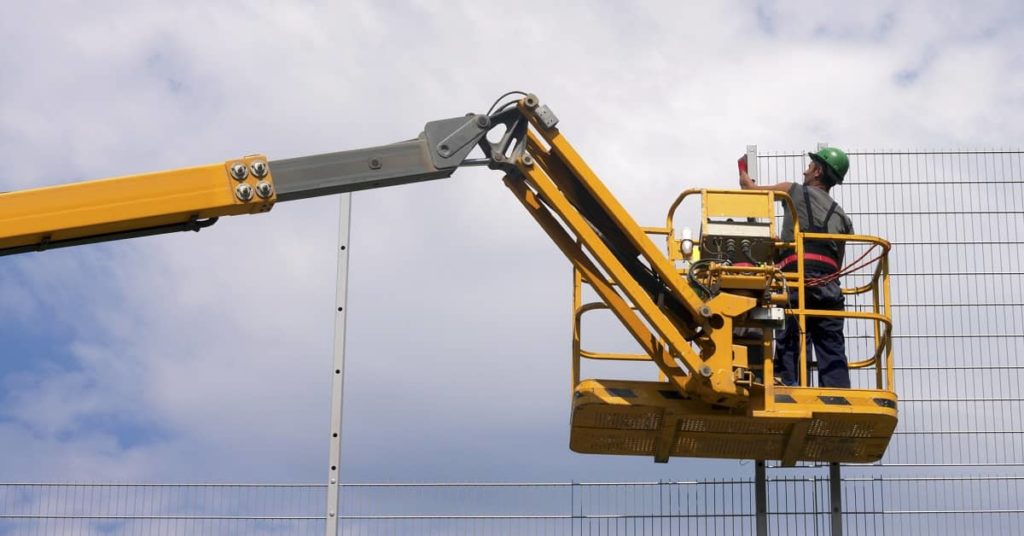
While instrumental in construction and maintenance tasks, aerial lifts present significant risks if not used properly. According to the Center for Construction Research and Training, aerial lifts are involved in roughly 26 deaths and numerous injuries in the construction industry each year in the United States. These figures prove the need for strict adherence to OSHA’s safety protocols and proper training in operating such equipment.
Injuries from aerial lifts can range from falls and electrocutions to being caught between the lift and other structures. The causes often include mechanical failures, lack of safety equipment, or operator errors. It’s important to note that these are preventable incidents.
In Houston, where construction is a significant part of the city’s growth and infrastructure development, the potential for aerial lift accidents is notably present. Victims of such accidents face not only physical injuries but also the burden of medical expenses, loss of income, and emotional trauma.
An aerial lift injury lawyer can be instrumental if you or a loved one have been injured in an aerial lift accident. Patrick Daniel Law, known for a Strategic. Meticulous. Merciless. approach, is dedicated to ensuring that victims receive the compensation they deserve for their losses.
OSHA defines an aerial lift as a device used to elevate workers to various heights, which encompasses a broad range of equipment. According to OSHA standards, aerial lifts include extendable boom platforms, aerial ladders, articulating (jointed) boom platforms, vertical towers, and any combination of these. This definition is comprehensive, ensuring that a variety of equipment used across different industries for elevating workers is covered under safety regulations.
These devices are commonly seen in construction, maintenance, and utility work, providing access to high or hard-to-reach areas. While they offer significant utility, they also pose risks like falls, electrocutions, and collapses if not used correctly. Recognizing the variety of aerial lifts under this definition allows OSHA to implement and enforce specific safety guidelines and training requirements for each type of equipment to prevent workplace accidents and injuries.
Aerial lifts are generally considered safe when operated correctly and under proper safety protocols. However, their safety largely depends on adherence to the guidelines set by OSHA.
OSHA provides comprehensive safety standards (29 CFR 1926.453) designed to mitigate risks associated with aerial lifts. Key safety measures include:
Despite these safety measures, accidents can still occur due to equipment malfunctions, operator error, or inadequate training. In the event of an aerial lift accident, consulting with a Houston aerial lift injury attorney is essential.
When comparing aerial lifts and ladders in terms of safety, aerial lifts are generally considered safer for several reasons, particularly when used for tasks at significant heights or requiring extended durations. This assessment is based on the design, stability, and safety features that aerial lifts provide.
Key reasons why aerial lifts are often safer than ladders include:
However, it’s crucial to note that the safety of aerial lifts greatly depends on proper use, adherence to OSHA standards, and regular maintenance. Improper use or failure to follow safety protocols can lead to aerial lift accidents and injuries.
Boom lifts, like any heavy equipment, have the potential to tip over under certain circumstances. While they are designed for stability and safety, the risk of tipping over exists, especially if the lift is used improperly or in unsuitable conditions. Understanding the factors that can lead to a boom lift tipping over is important for safe operation.
Key factors contributing to boom lift tip-overs include:
Adhering to safety guidelines is critical in minimizing the risk of tip-overs. Regular maintenance, proper training, and situational awareness are vital in ensuring the safe use of boom lifts.
In a boom lift accident in Texas, contacting a Houston aerial lift injury lawyer is advisable. Law firms with experience in construction accidents, such as Patrick Daniel Law, can provide valuable legal guidance and support, ensuring that victims’ rights are protected and they receive appropriate compensation for their injuries.
Fall protection in aerial lifts is a fundamental safety requirement mandated by OSHA. The type of fall protection required depends on the kind of aerial lift used and the nature of the work being performed. Generally, the following fall protection measures are required:
For boom-supported aerial lifts, such as boom lifts or cherry pickers, OSHA mandates the use of PFAS. This system includes a full-body harness and a lanyard or lifeline that attaches to a secure anchor point on the lift.
Scissor lifts and other types of vertical lifts are typically equipped with guardrails. While these may be sufficient in some scenarios, depending on the work and the employer’s safety policy, additional personal fall protection equipment might be required.
OSHA requires that all operators be trained in the proper use of fall protection equipment. This includes understanding how to inspect the equipment, correctly wear a harness, and attach lanyards or lifelines properly.
Fall protection equipment must be inspected regularly for wear, damage, or deterioration. Damaged equipment must be replaced immediately.
Aerial lifts are commonly used in construction and industrial projects. Ensuring compliance with these fall protection requirements is essential for worker safety.
The necessity of tying off, or using a personal fall arrest system, in an aerial lift is a crucial aspect of operator safety. According to OSHA, it is generally recommended that operators tie off when working in an aerial lift. This practice is vital in preventing falls, which are among the leading causes of serious work-related injuries and deaths in construction.
Key considerations for tying off in an aerial lift include:
Adherence to these safety protocols is not just a matter of regulatory compliance but also critical for worker safety. In aerial lift accidents, especially where fall protection protocols were not properly followed, consulting a Houston aerial lift injury attorney is essential for pursuing just compensation for your injuries.
Despite their usefulness on the job site, aerial lifts can be extremely dangerous. From lack of fall protection to defects to insufficient training, workers in construction and other industries face a number of risks when using this equipment.
If the worst happens and an aerial lift accident occurs, you need an experienced lawyer on your side. Patrick Daniel has been recognized by America’s Top 100 Attorneys as a High Stakes Litigator in areas such as construction accidents and product liability. He is distinguished by his willingness to take complex cases to trial, as well as the results he achieves for clients.
Every member of our team embodies our core values of exceptional legal service and dedication to winning. We are Strategic, Meticulous, and Merciless, and we are here for you.
If you were seriously injured or lost a loved one in an aerial lift accident, please call Patrick Daniel Law at (713) 999-6666 today for a FREE case review. Our aerial lift accident lawyer serves clients throughout Houston, all of Texas, and nationwide.
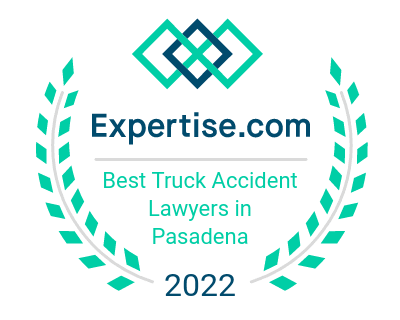 Top Truck Accident Lawyer in Pasadena
Top Truck Accident Lawyer in Pasadena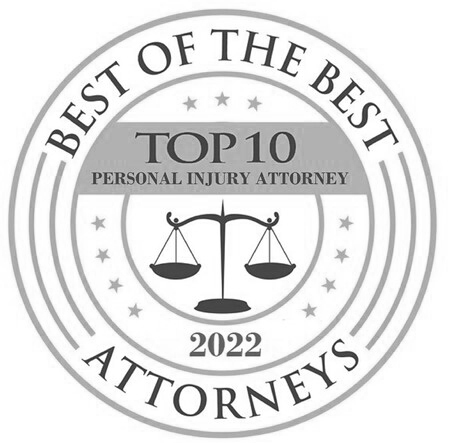 Best of The Best Attorneys
Best of The Best Attorneys Best of the Best Houston Chronicle 2021
Best of the Best Houston Chronicle 2021 Best Motorcycle Accident Lawyers in Houston 2021
Best Motorcycle Accident Lawyers in Houston 2021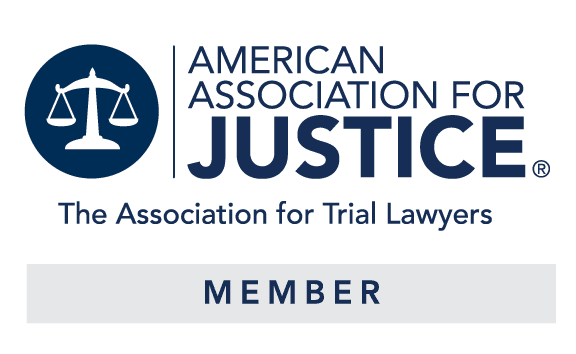 American Association for Justice Member
American Association for Justice Member The National Trial Lawyers 2016 – (Top 40 under 40)
The National Trial Lawyers 2016 – (Top 40 under 40) Multi-Million Dollar Advocates Forum 2016 (Top Trial Lawyer)
Multi-Million Dollar Advocates Forum 2016 (Top Trial Lawyer)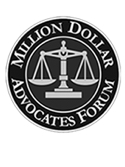 Million Dollar Advocates Forum 2019 (Top Trial Lawyer)
Million Dollar Advocates Forum 2019 (Top Trial Lawyer) America’s Top 100 Attorneys 2020 (High Stake Litigators)
America’s Top 100 Attorneys 2020 (High Stake Litigators)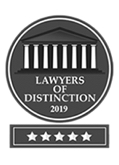 Lawyers of Distinction 2019, 2020 (Recognizing Excellence in Personal Injury)
Lawyers of Distinction 2019, 2020 (Recognizing Excellence in Personal Injury)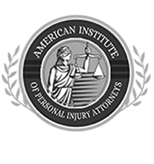 American Institute of Personal Injury Attorneys 2020 (Top 10 Best Attorneys – Client Satisfaction)
American Institute of Personal Injury Attorneys 2020 (Top 10 Best Attorneys – Client Satisfaction)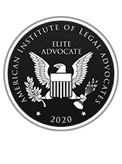 American Institute of Legal Advocates 2020 (Membership)
American Institute of Legal Advocates 2020 (Membership)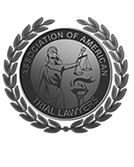 Association of American Trial Lawyers 2018 - Top 100 Award recognizing excellence in personal injury law
Association of American Trial Lawyers 2018 - Top 100 Award recognizing excellence in personal injury law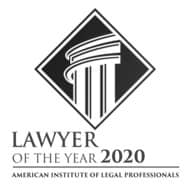 American Institute of Legal Professionals 2020 (Lawyer of the Year)
American Institute of Legal Professionals 2020 (Lawyer of the Year) Lead Counsel Verified Personal Injury 2020
Lead Counsel Verified Personal Injury 2020 The Houston Business Journal 2021
The Houston Business Journal 2021